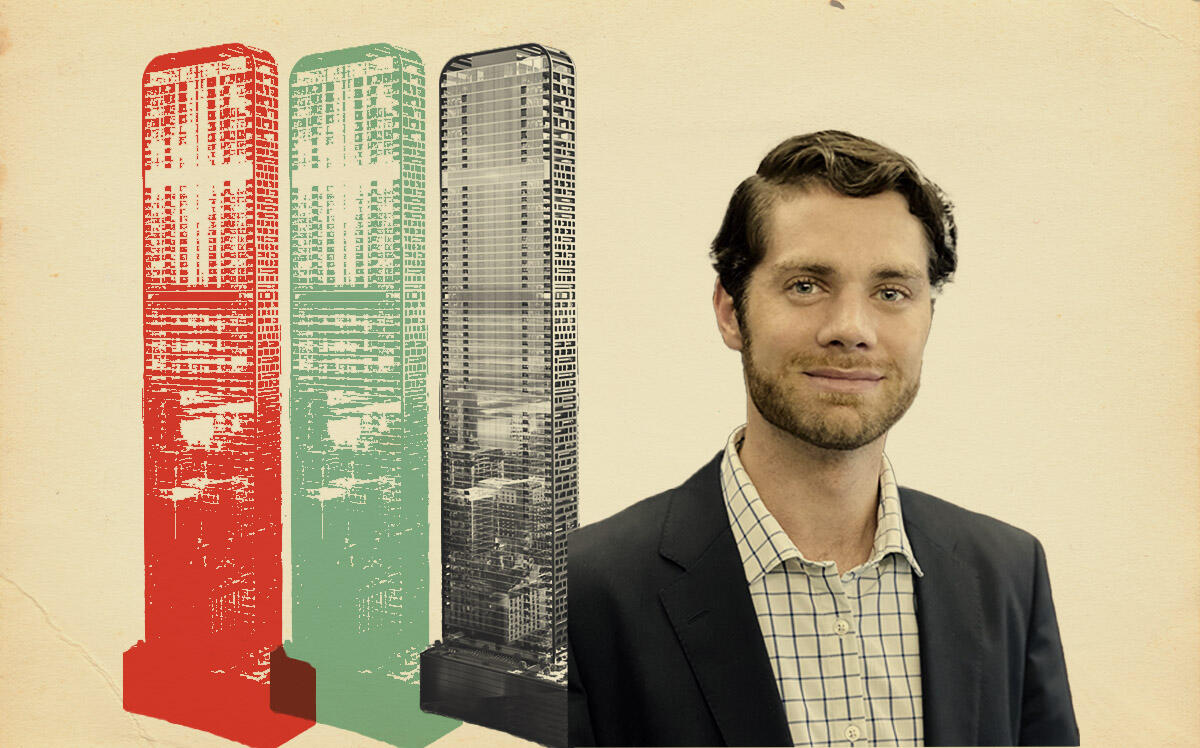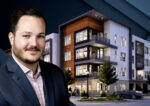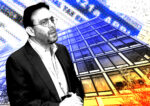
Trending
Meet Taylor Wilson, the man behind the tallest tower in Texas
15 minutes on transit-oriented development, the growth of Sixth Street and the future of residential projects in Austin

Wilson Tower would look ambitious in any city, let alone in Austin. The 1,035-foot high-rise will be the tallest residential tower in the United States outside of New York City, a great gleaming middle-finger from Austin to its big brothers Houston and Dallas.
Developer Wilson Capital announced the 80-story, 450-unit apartment project in November and is still working through the city’s permitting process, but it plans to break ground in the summer. Once finished, it will stand 13 feet taller than the Waterline, another Austin supertall, and 30 feet taller than Houston’s JP Morgan Chase Tower, the state’s reigning tallest building.
Wilson has sponsored more than $3 billion of developments, and was ranked sixth in the Austin Business Journal’s list of the city’s biggest multifamily builders. Taylor Wilson, the firm’s founder and president, sat down with The Real Deal to break down his boldest development yet.
Note: This interview has been lightly edited and condensed for clarity.
The Real Deal: Good to good to finally meet. I think a good place to start would be a question I’m sure you’ve heard before about Wilson Tower, which is, why Austin?
Taylor Wilson: I’m born and raised here in Austin. We’re a local firm. We’ve watched the city grow at a tremendous pace the last four or five years, and then some. So, I think the need for housing in Austin is massive, and it’s not going away.
Just looking into the future, when this building is going to be delivered, we see Austin with the incredibly strong fundamentals needed to support a project like this. I think the Austin market has matured, and I think it needs more towers with hospitality based services, sophisticated design, activated streetscapes, excellent amenities. The resident expectations have been changing in recent years, and we see a trend in the market pointing toward the need and demand for this type of product.
And then [the development site] is along a transit corridor. It’s a walkable lifestyle and has proximity to everything Austin has to offer.
TRD: Wilson Tower will be just south of “Dirty Sixth.” I’m wondering how you see that specific area of the city developing? There have been some concerns about crime levels and that sort of thing — have you had to consider that at all?
TW: A lot of the growth downtown is now east of Congress, while formerly there was a lot of growth west. You have the Rainey Corridor and Fifth Street Corridor. As the growth continues to move that way, you’ll see some change.
Stream Realty owns quite a few parcels on East Sixth Street and has a fantastic plan there that we fully support. By the time our project delivers, many projects and things in planning in the area will have come to fruition. You’ll see an area that looks different than it does today, flourishing.
There’s just so much activity and things planned in the immediate vicinity. Brush Square Park, immediately across the way, is being renovated. There’s a lot going on over there. So the location will certainly be an excellent one by the time we deliver.
TRD: Were there any significant zoning hurdles you had to get through to be able to build this tall?
TW: Definitely. This site has some unique constraints. When we started the design of this project, we had a few programming metrics that we needed to hit, like unit count. The site has an overlay restriction from Brush Square Park that pushed the footprint of the tower 60 feet back from Fifth Street at 120 feet high. So the shape of our tower is heavily dictated by this overlay restriction and setback.
With that in mind, we explored different building configurations varying in height and weight that complied with this, and that’s why you have the tower you see today.
TRD: Are you able to share any financing details, like an estimated construction cost or sell-out target?
TW: Unfortunately, not at this time.
Read more



TRD: Could you tell me more about how the project team came together? Brad Wilkins from HKS designed the tower — he’s worked on the Burj Khalifa, which must be great experience for this.
TW: We followed this site for years, and when the opportunity presented itself in 2021, we decided to move forward with it. Then we put together the right team of talented and qualified people here in Austin that wanted to make a difference. We started with the local Austin designer, Brad Wilkins, who’s incredibly talented.
As the project continued to progress, we brought in experts in various design fields, but the core team and the core of the building was by Austin, for Austin. So we’re trying to stick with that theme and deliver something truly spectacular. And I think we have the team to do that.
TRD: You mentioned the transit corridor. As Austin continues on this path of really fast growth, I’ve been interested to see whether it will develop a transit oriented, denser sort of downtown-based structure, or if it will sprawl out as other large Texas cities have. Whether it’ll be a car city or a biking-and-light-rail city. How do you see the development of Austin transit playing out around this development?
TW: We break it into two categories: We develop in the urban core as well as the suburbs, so I don’t think there’s a one-size-fits-all answer here. I do see downtown becoming denser and denser. There’s a lot of office and job growth here in downtown Austin, so there’s certainly a desire and demand to live near it. In core-central Austin, the transit corridors offer various modes of transportation. There are the train lines, both future and present. They connect at the front door of the project at Brush Square.
Wilson Tower is within walking distance of Congress, Sixth Street, the convention center. For projects like ours, those that live and work in the Downtown Business District, that is certainly something that will continue to grow.
As far as the more suburban parts of Austin, we have projects in Pflugerville, Lakeway, Brown Rock, et cetera. In those parts of the city, it’s certainly a different story. But toward downtown Austin, it’s certainly getting denser and more walkable, and the current and upcoming train lines will help that quite a lot.




